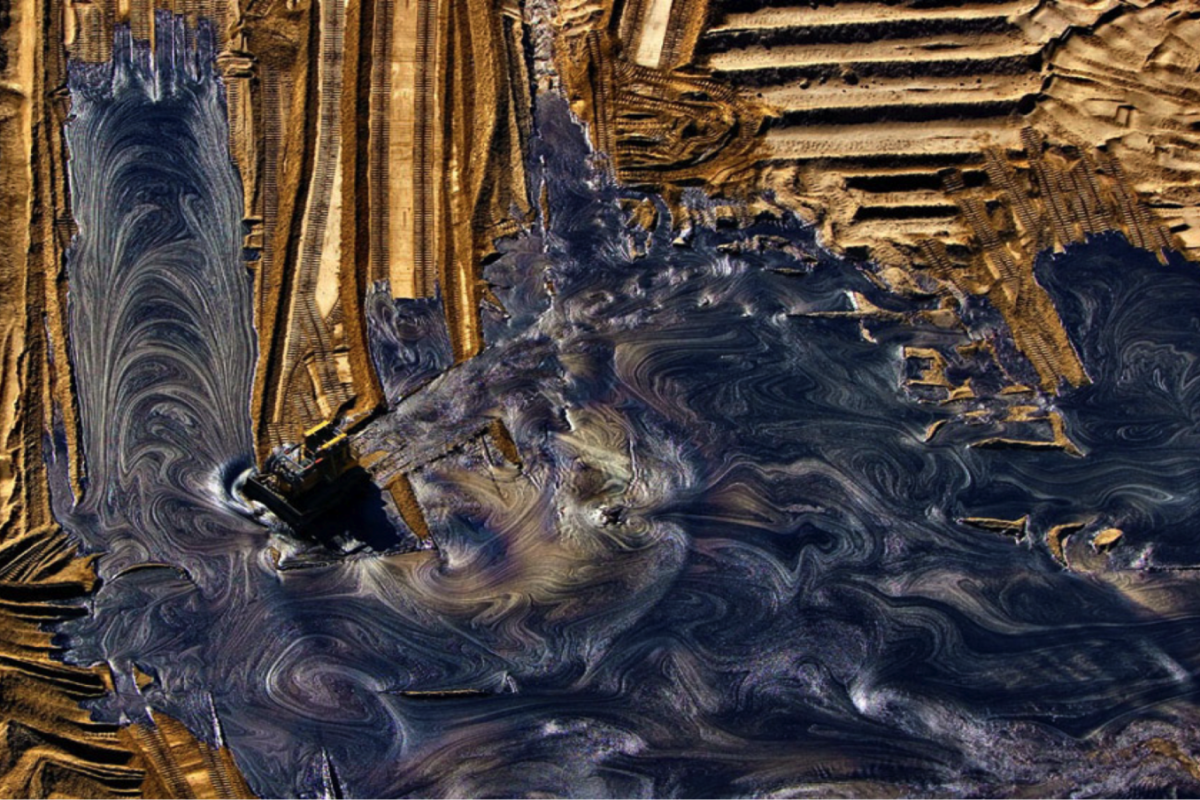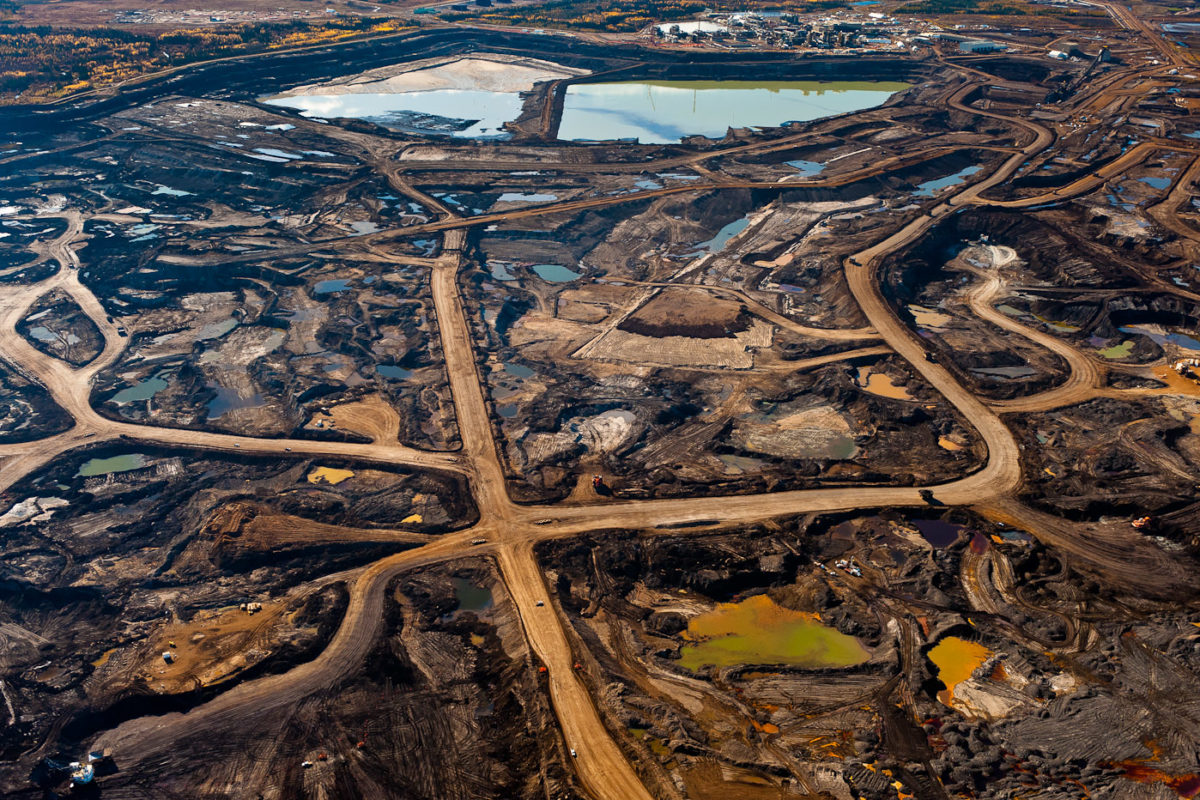Researchers Find 7300 sq Mile Ring of Mercury Around Alberta Tar Sands in Canada
By Peter Moskowitz (Occupy.Com/News Report, Jan. 1, 2013) orig. publ. by Aljazeera America.
Scientists have found a nearly 7,500-square-mile ring of land and water contaminated by mercury surrounding the tar sands in Alberta, where energy companies are producing oil and shipping it throughout Canada and the U.S.
Government scientists are preparing to publish a report that found levels of mercury are up to 16 times higher around the tar-sand operations — principally due to the excavation and transportation of bitumen in the sands by oil and gas companies, according to Post media-owned Canadian newspapers like The Vancouver Sun.
Environment Canada researcher Jane Kirk recently presented the findings at a toxicology conference in Nashville, Tenn.
The revelations add to growing concerns over the environmental impact of mining the tar sands. Many environmentalists charge that extracting oil from the sands will lead to an increase in carbon emissions, the destruction of the land, water contamination and health problems for Canadians.
The debate over the tar sands crossed over into the United States when energy company TransCanada proposed building theKeystone XL pipeline to transport crude oil to the southeastern U.S. for refining and distribution.
Kirk and her colleagues’ research shows that the development of the tar sands may be responsible for spreading mercury — which can cause nervous-system damage — far beyond the areas where drilling and transportation are taking place.
The research suggests that the tar-sand development has created a ring of mercury contamination, with areas close to the sands showing much higher levels of mercury than before development.
The researchers collected samples of dirt, snow, bird’s eggs and other materials from more than 100 sites to perform their analysis.
While the mercury levels found around the sands are still lower than in other parts of Canada (notably around coal plants and incinerators), mercury is particularly worrisome to environmentalists because of bioaccumulation, meaning it becomes more concentrated as it works its way up the food chain.
In a report published in October, another Canadian researcher found elevated levels of mercury in bird eggs downstream from the tar sands.
Kirk and her team also found traces of methyl mercury, a more toxic form of mercury, in snow for the first time in the area.
Originally published by Al Jazeera America

